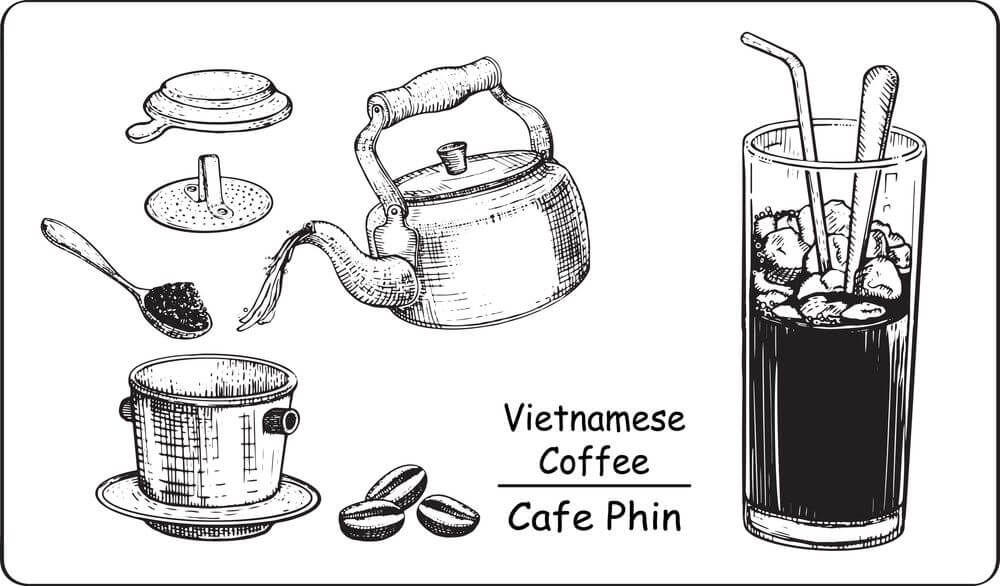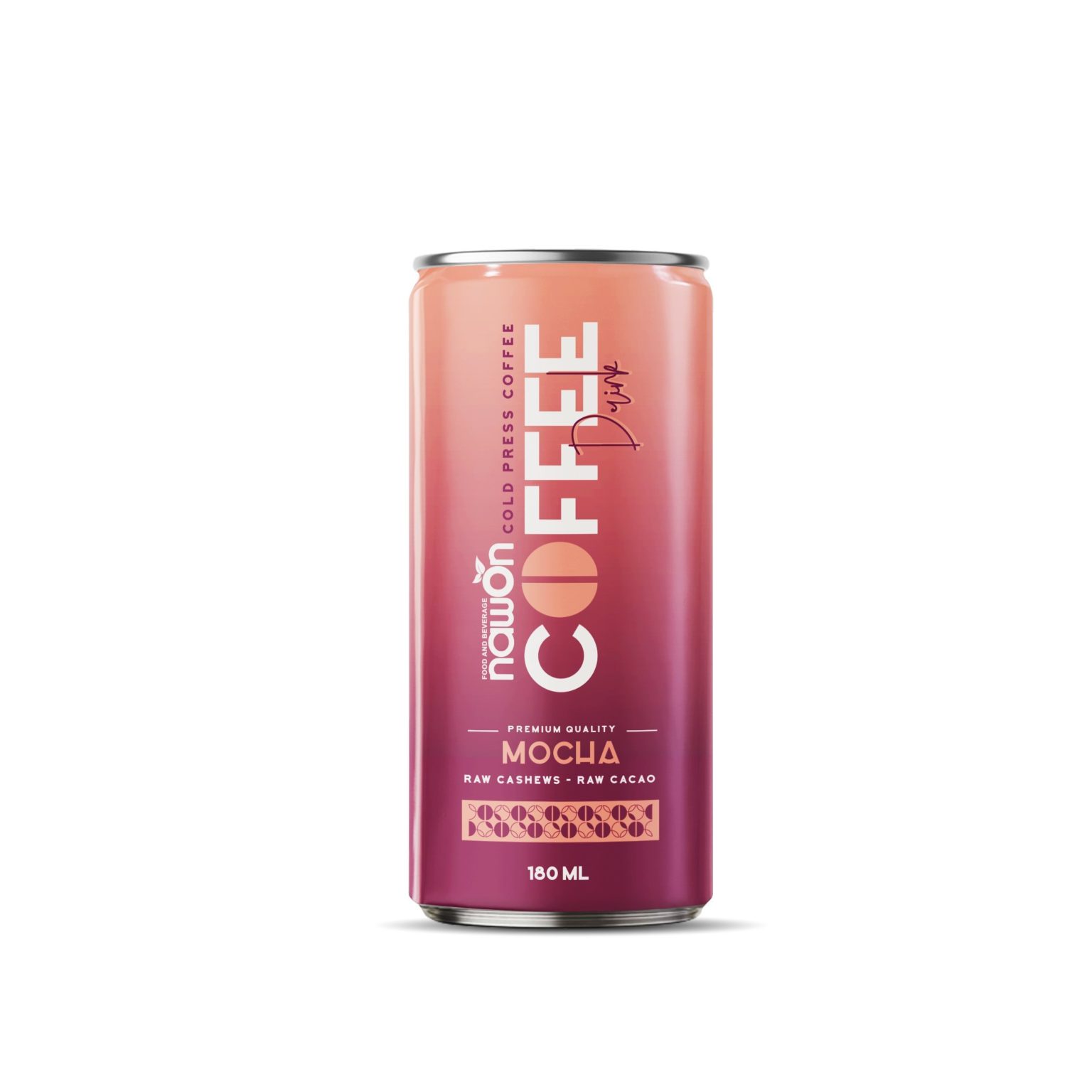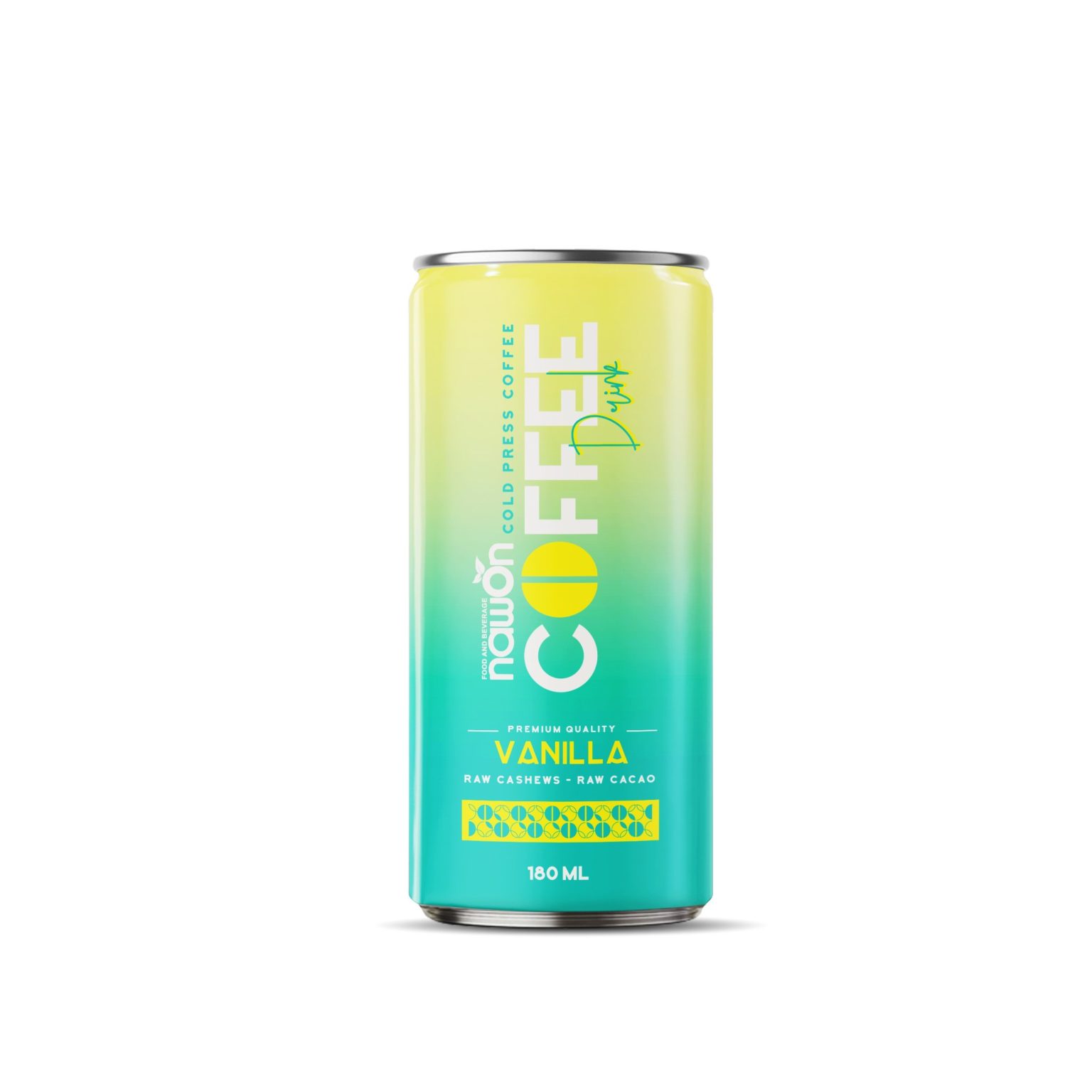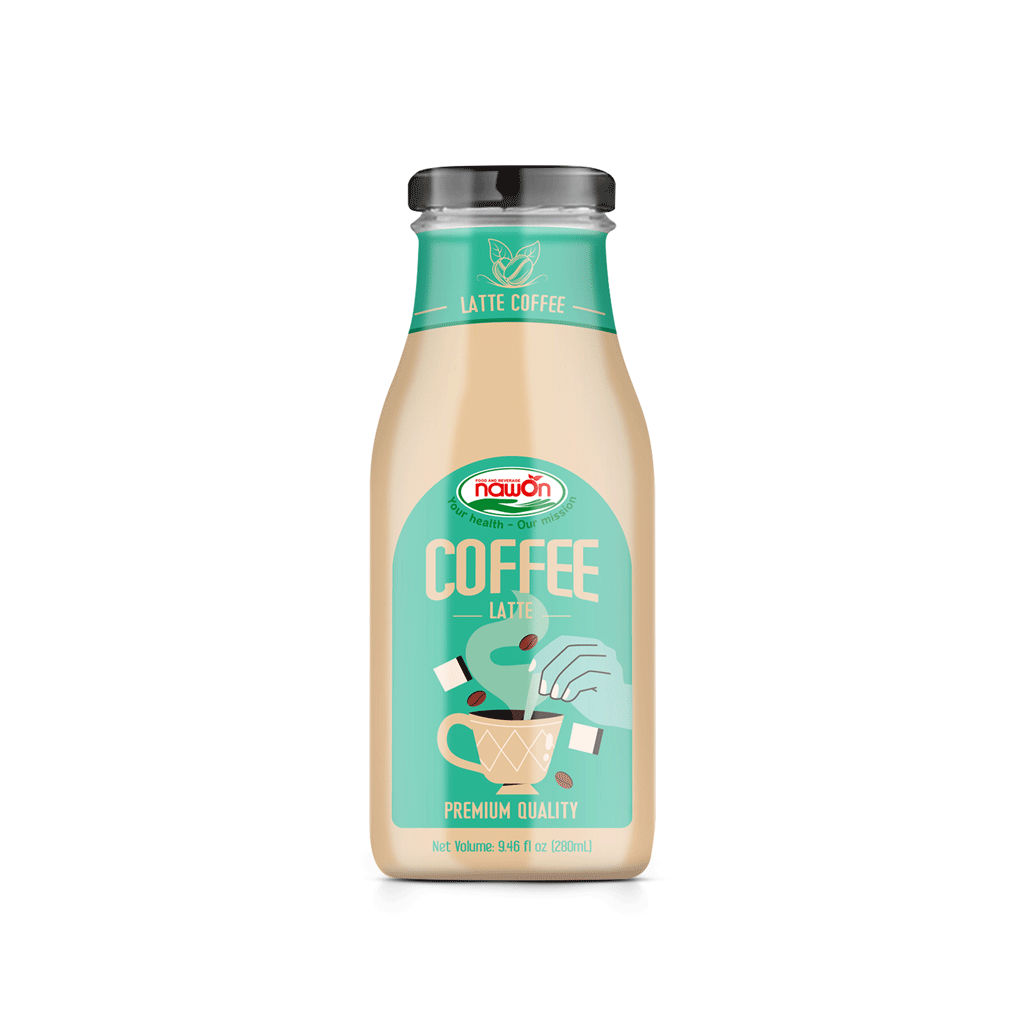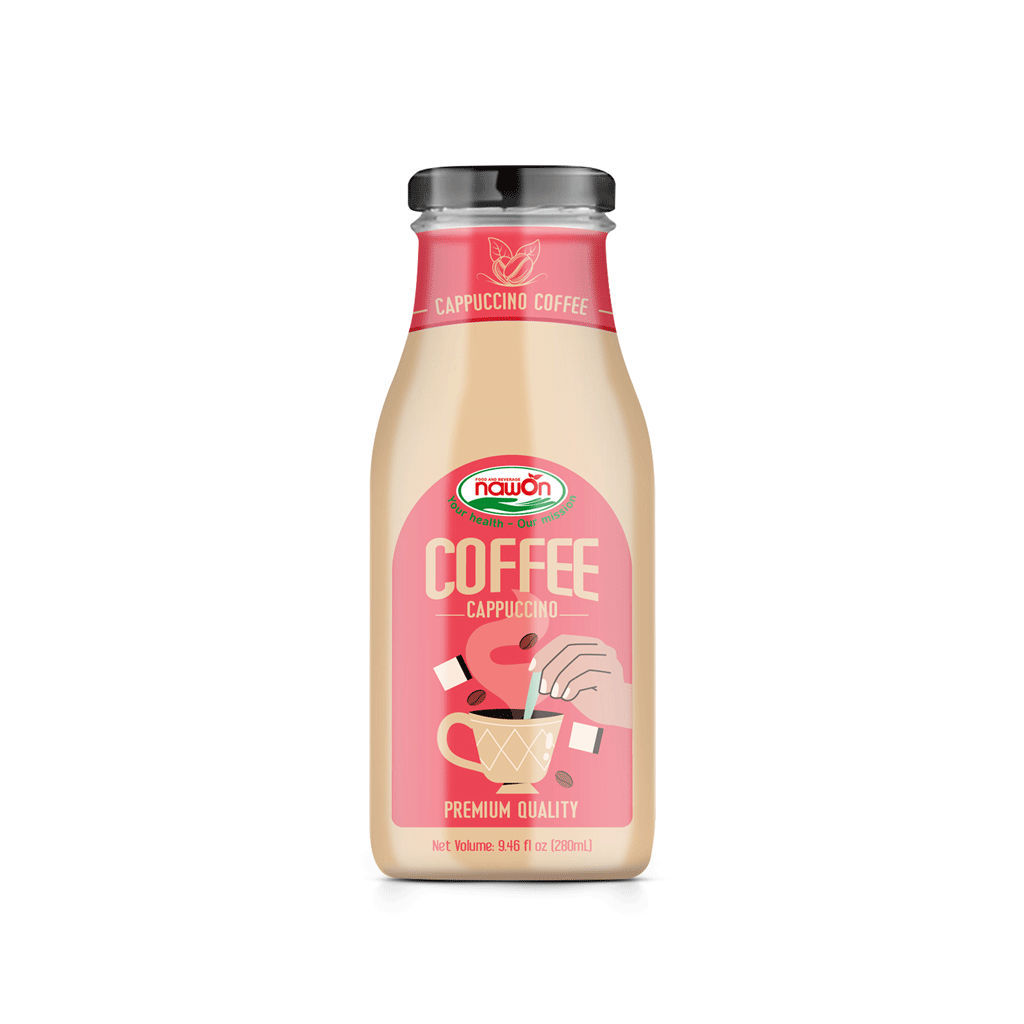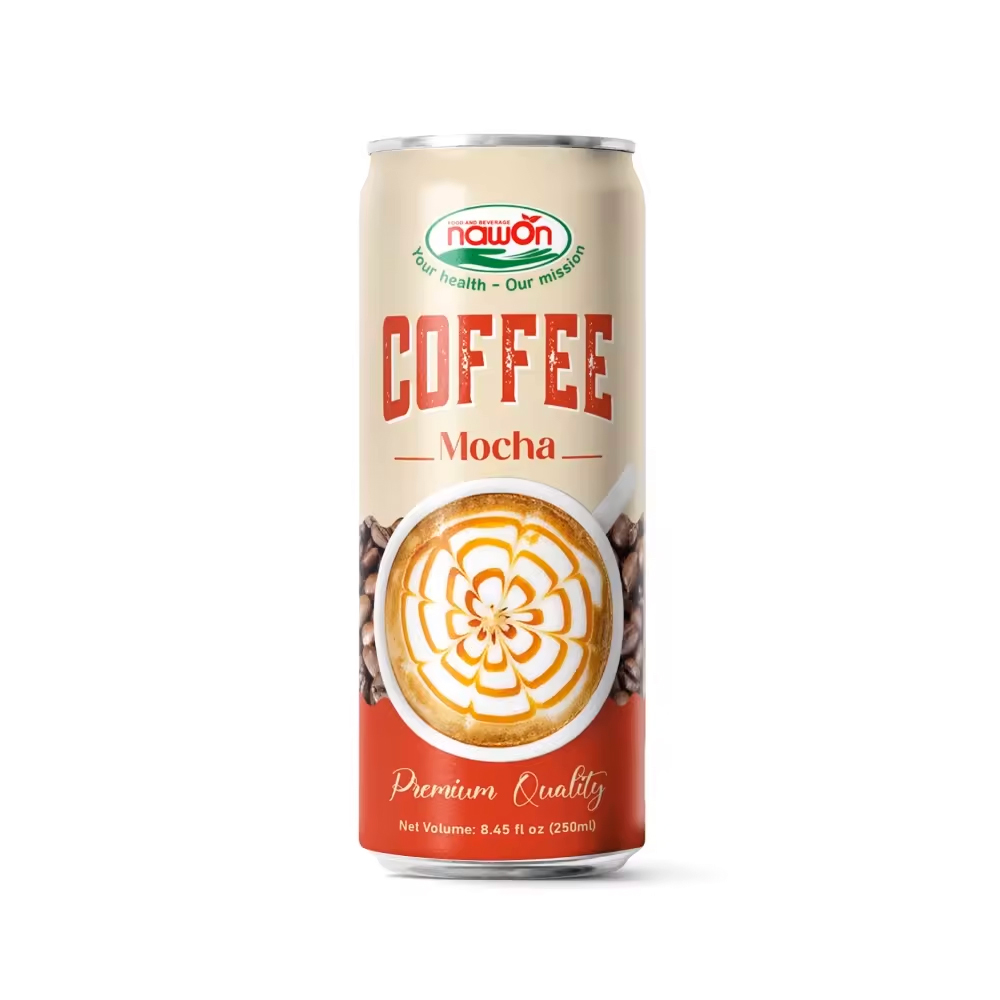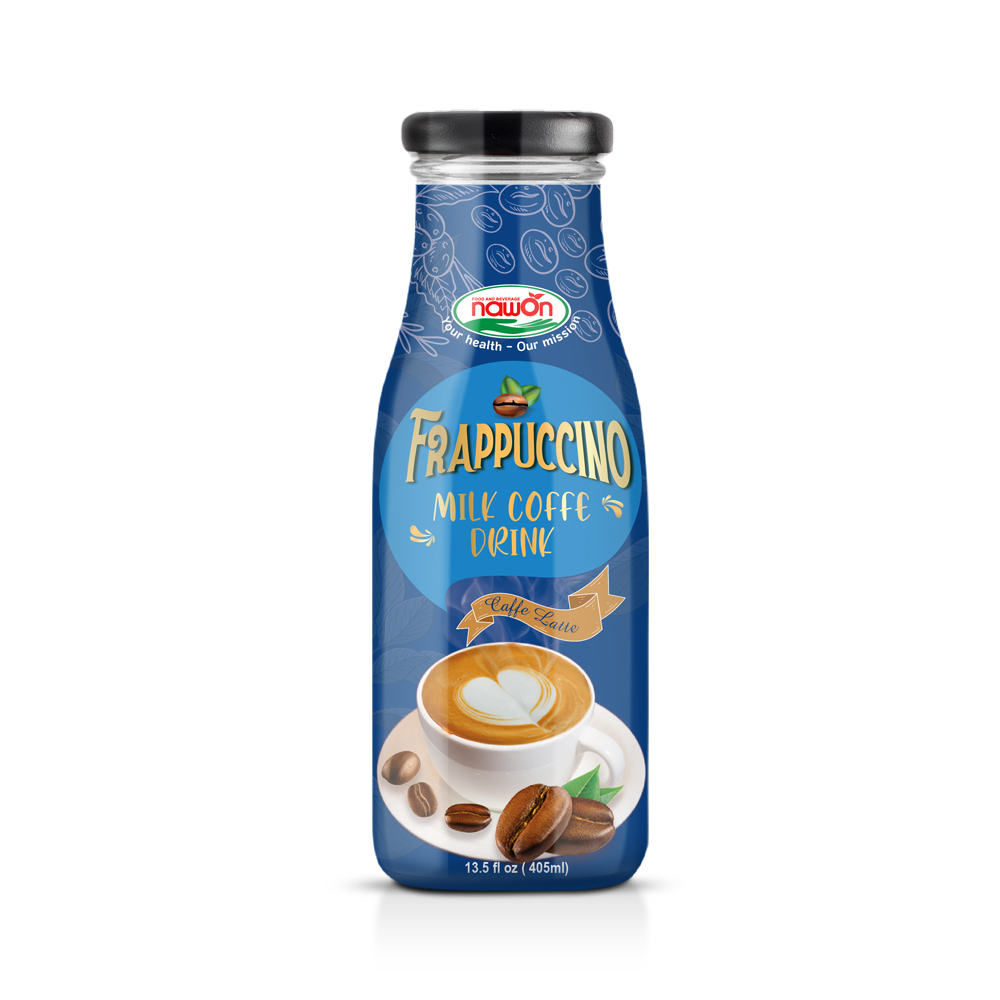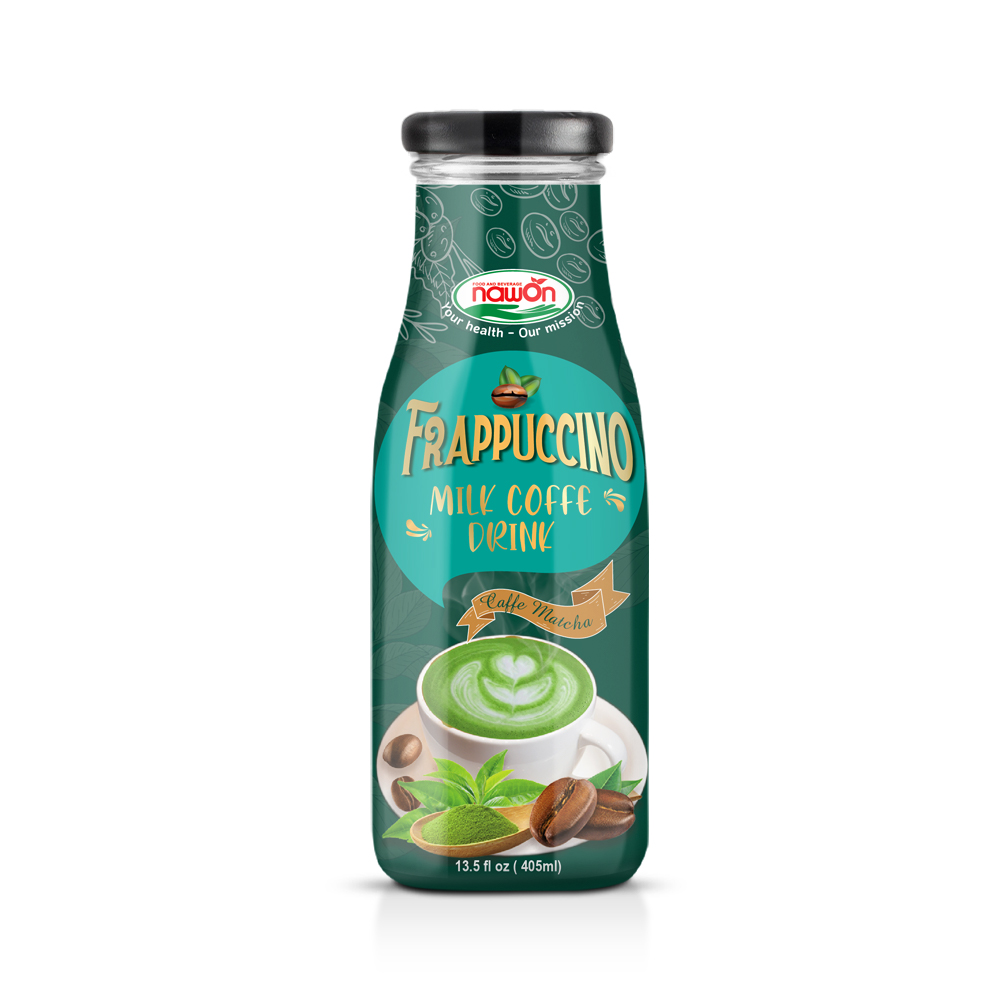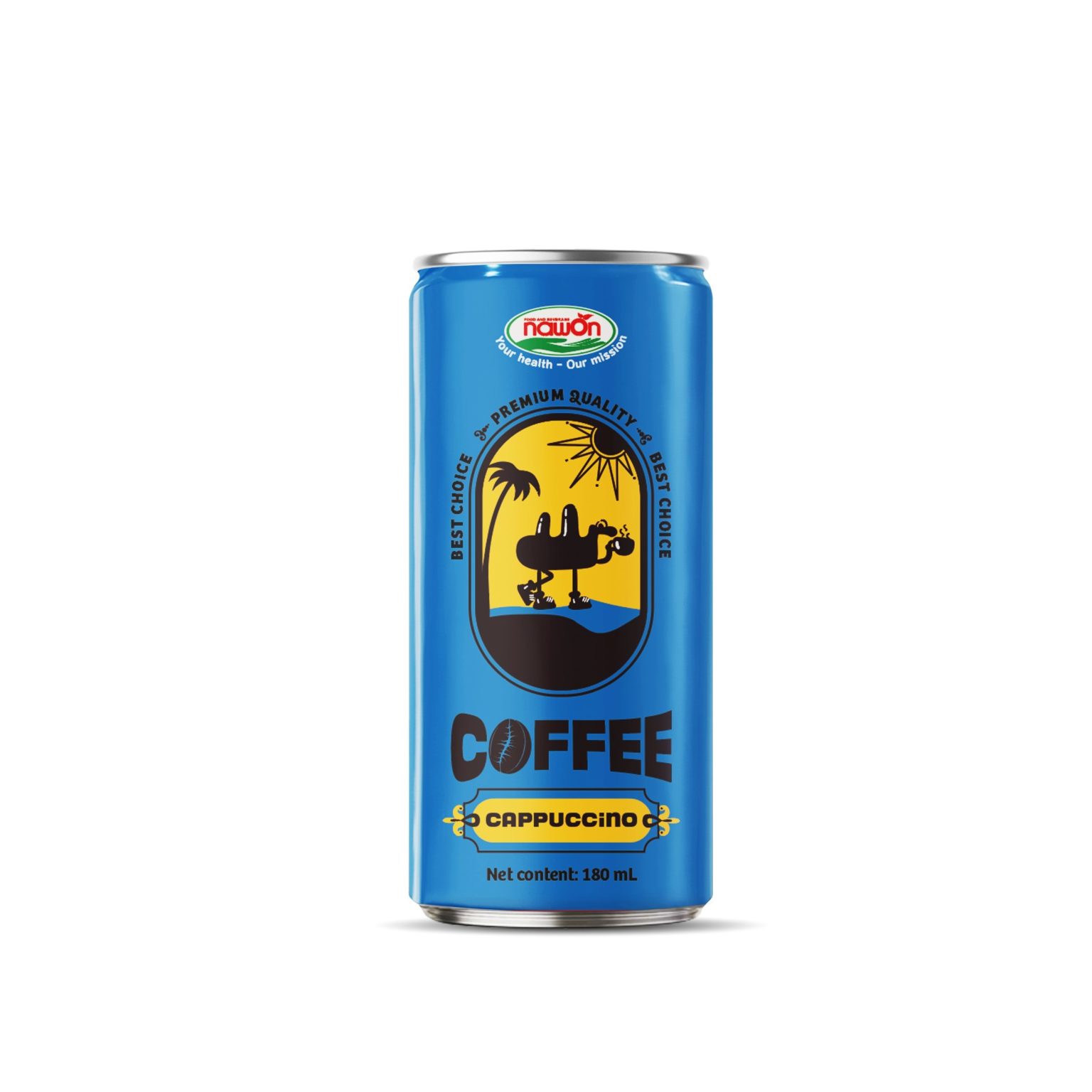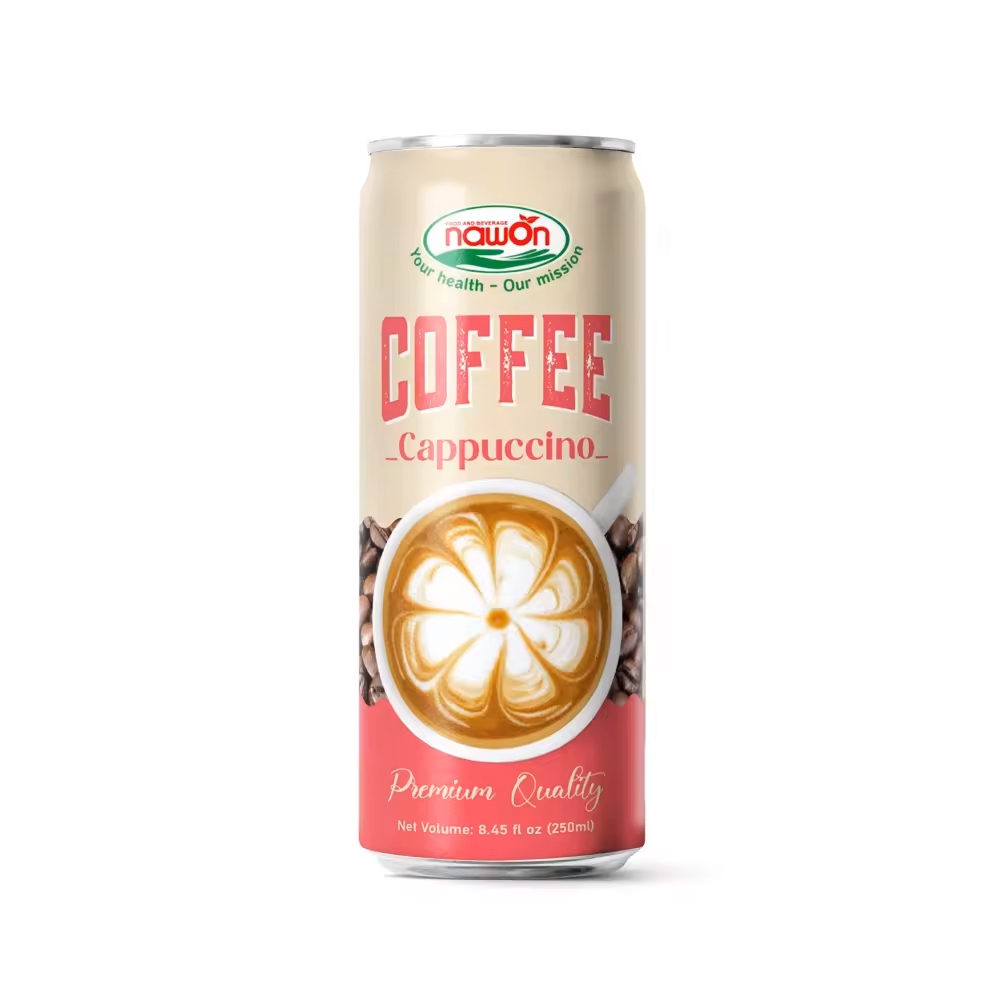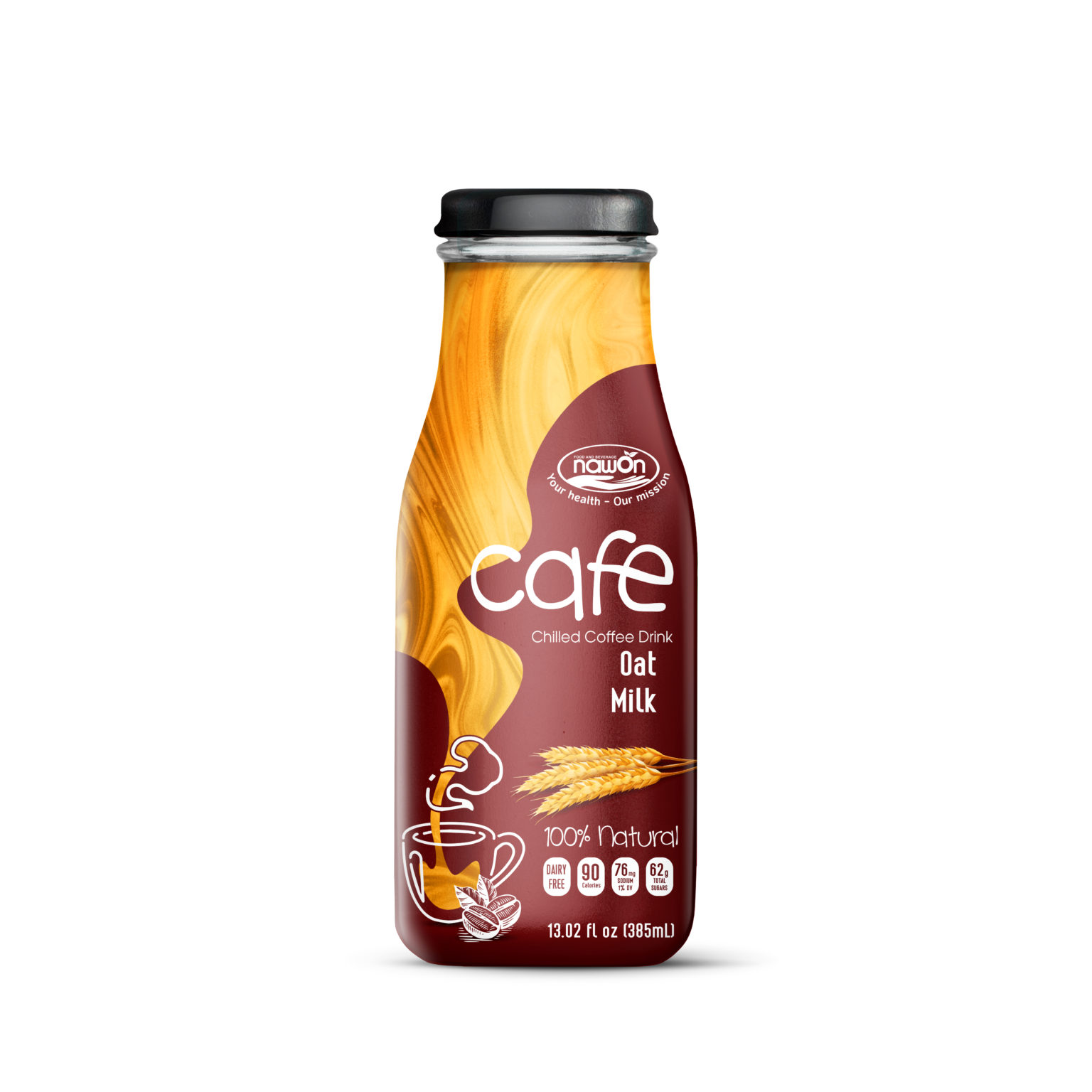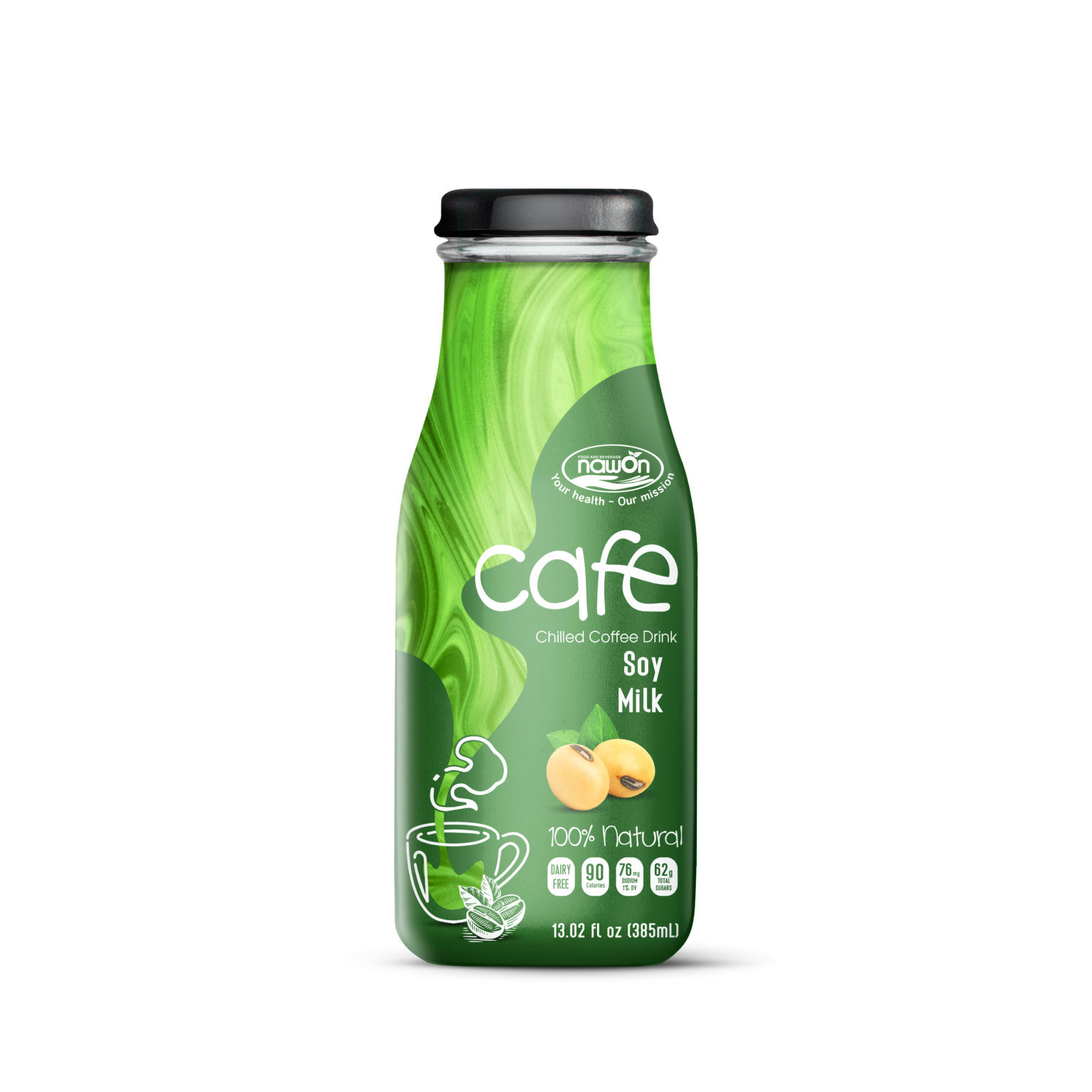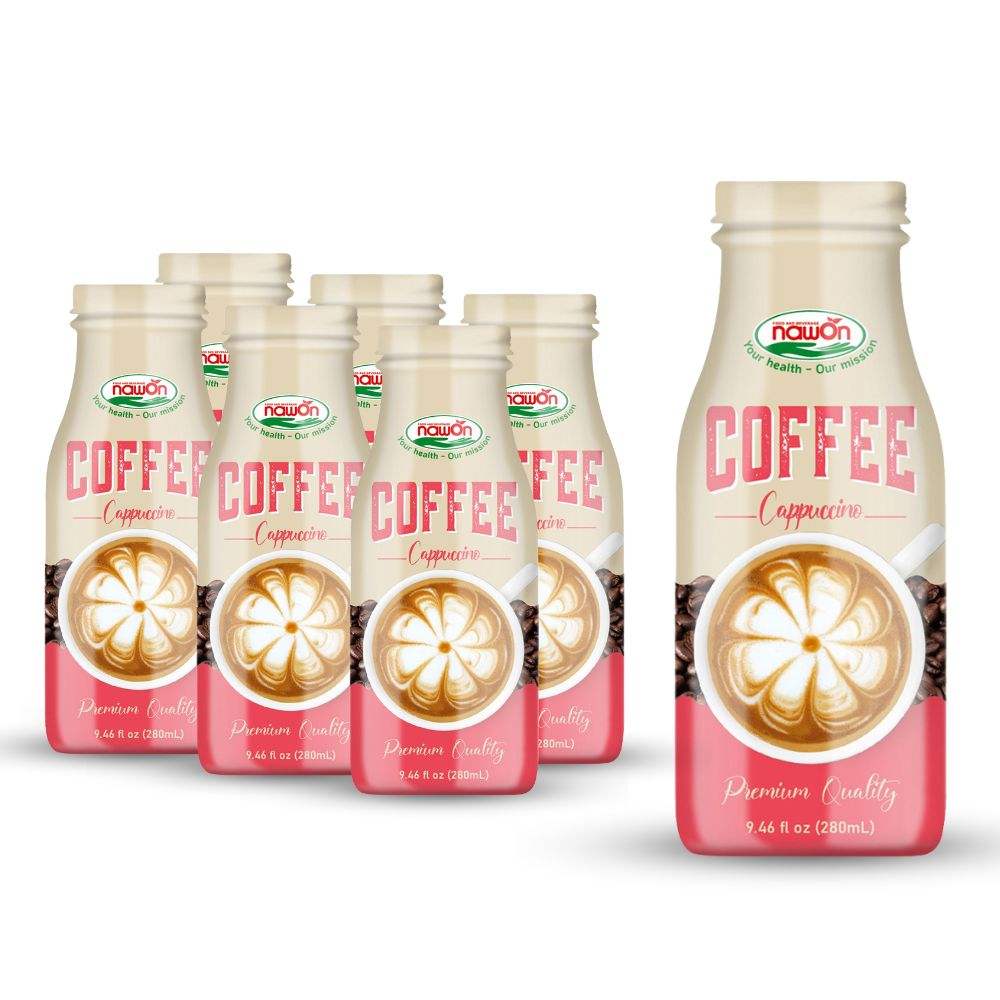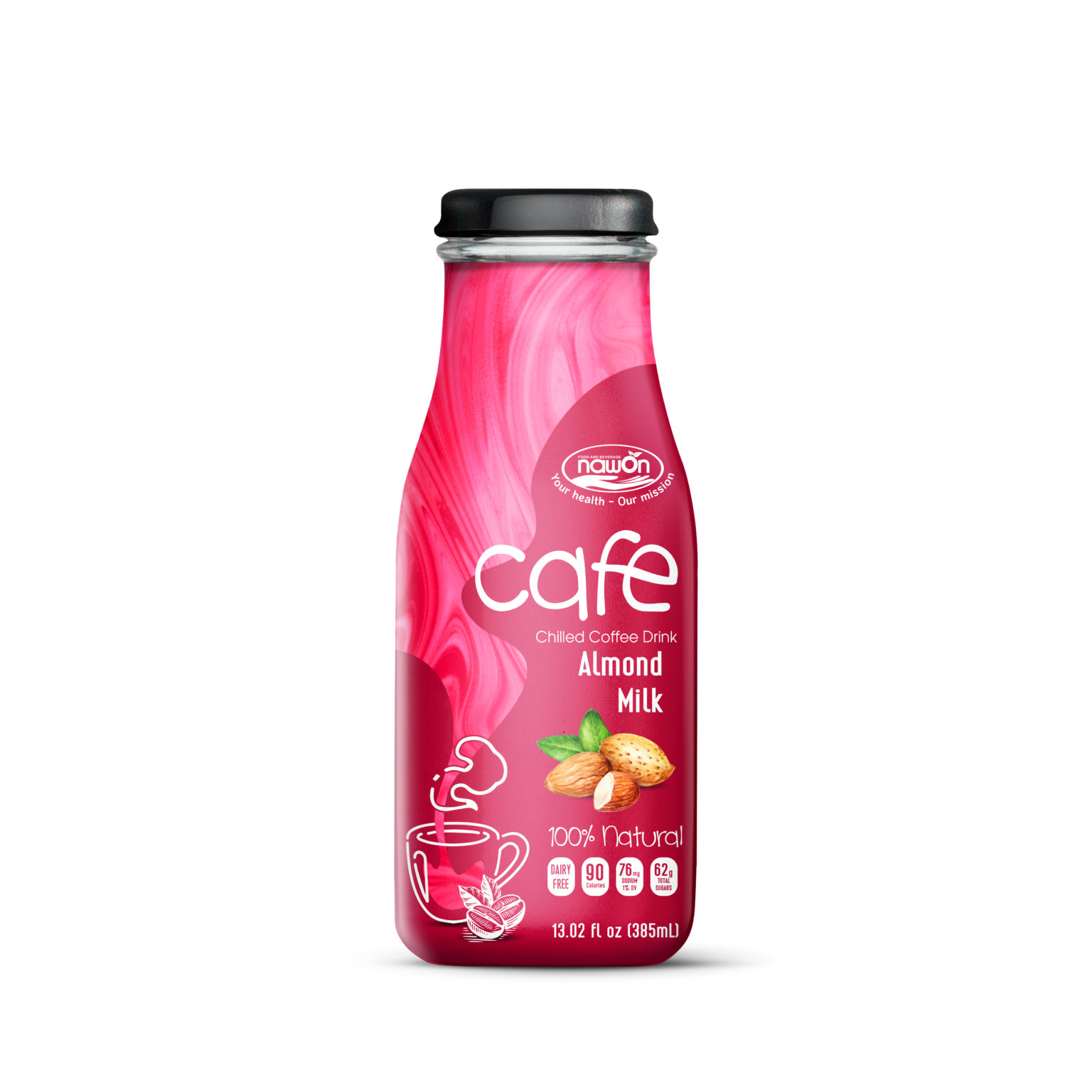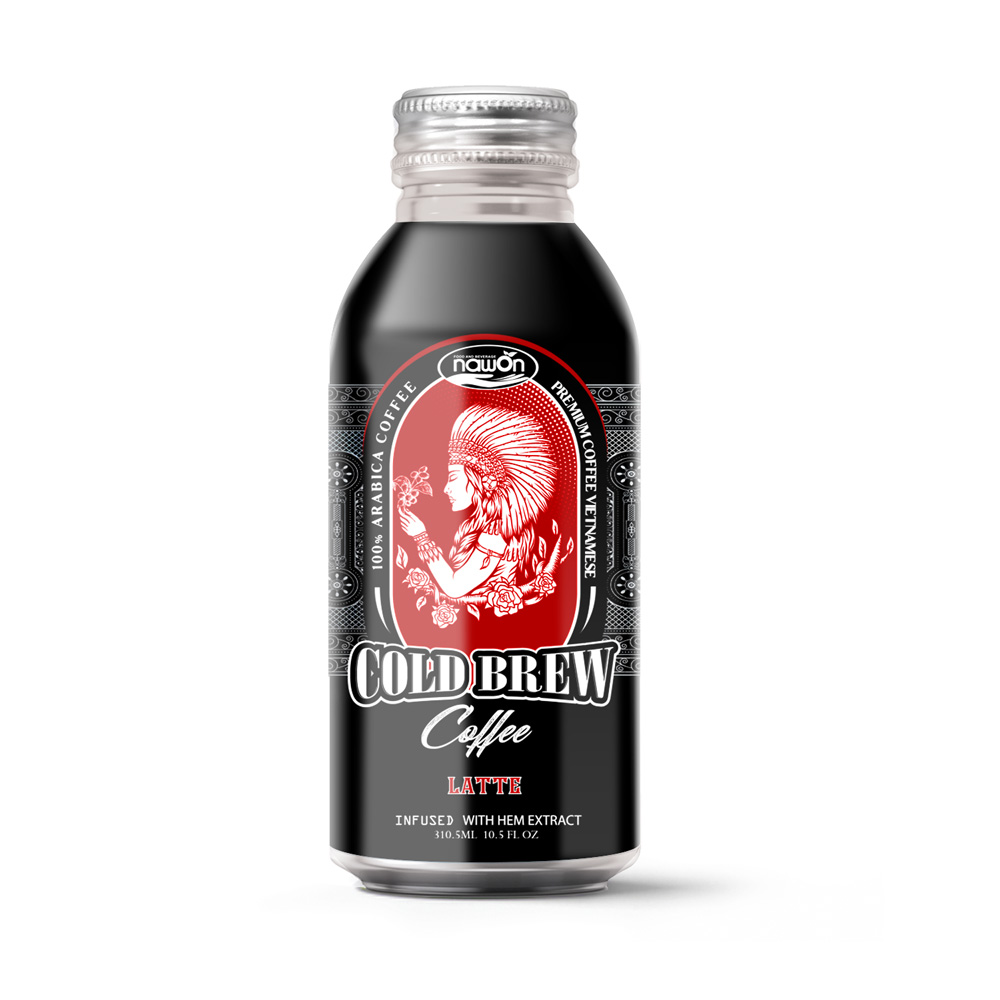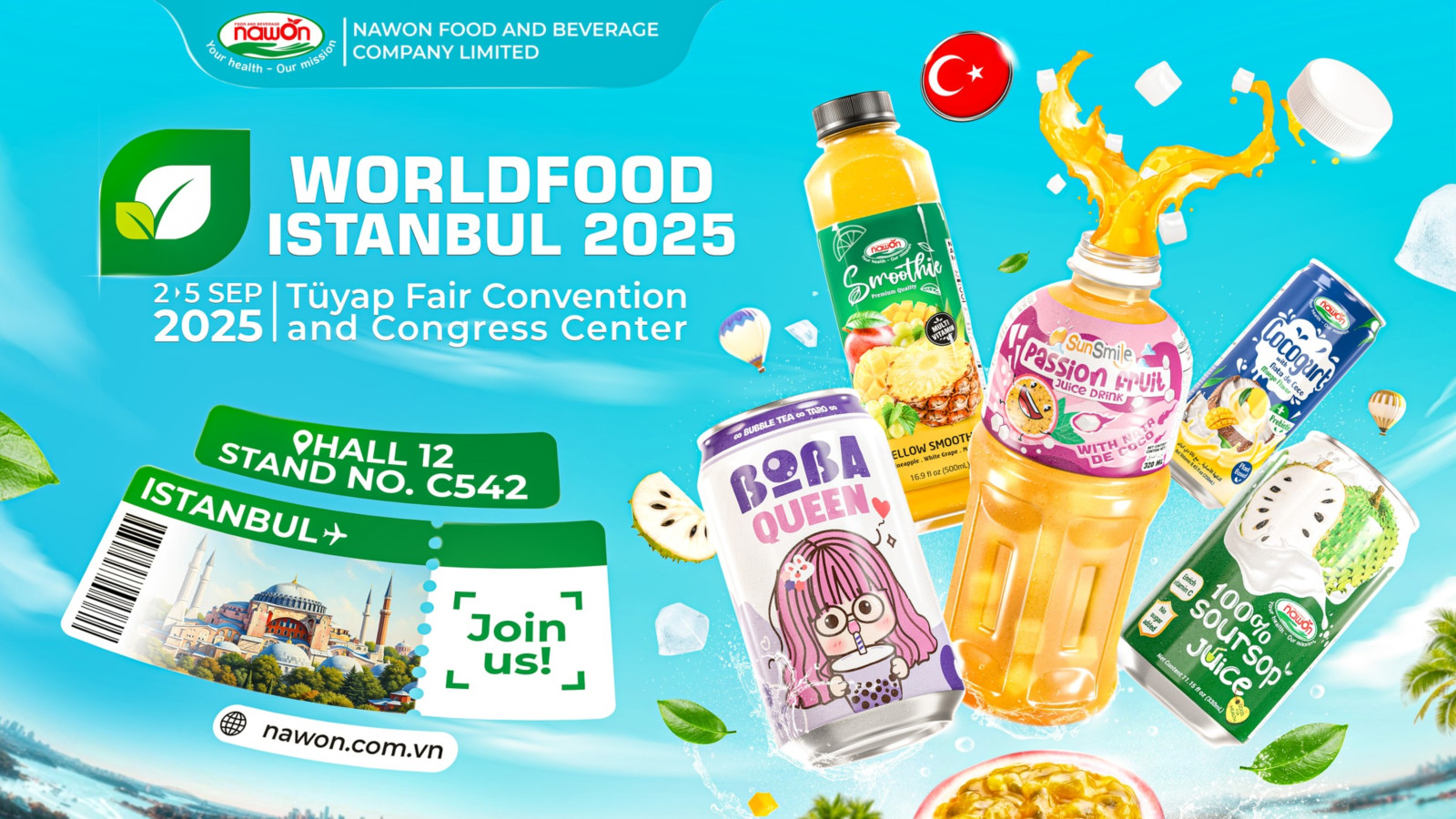If you’ve ever been to Vietnam, chances are you’ve come across folks sipping on their coffee while perched on these itty-bitty chairs on the sidewalk early in the morning, clutching a cup of cafe drink. The Vietnamese have this unique way of enjoying their coffee that sets them apart from the rest of the globe. In this article, let’s explore Vietnamese coffee – What a strong culture it has been from the war to the second largest country exporting coffee worldwide.
What is Vietnamese coffee
Vietnamese coffee is a particular type of coffee with a rich and robust flavor – I mean more potent than most other types of coffee in the world. You might even get drunk if you try it for the first time and you’re not used to drinking strong coffee.
This intense flavor comes from the type of coffee beans used by Vietnamese people and how they prepare coffee. Coffee beans are coffee beans grown by Vietnamese people in their own country. Coffee grown in Vietnam has a more robust flavor and higher caffeine content than in Brazil or Indonesia.
Traditional Vietnamese coffee is made from Robusta beans and has a strong, bitter taste. After roasting and ground, coffee beans are placed into a brewing device called a “pin” ( like a small cup with many small holes punched in the bottom). When preparing, add ground coffee, followed by a thin blade to compress, drain hot water, and close the lid. Coffee will flow drop by drop into the glass placed below. After the coffee has dripped perfectly, you have Vietnamese drip coffee, as thick and rich as hot chocolate. The sweet fragrance awakens any of your senses that are still sleeping.
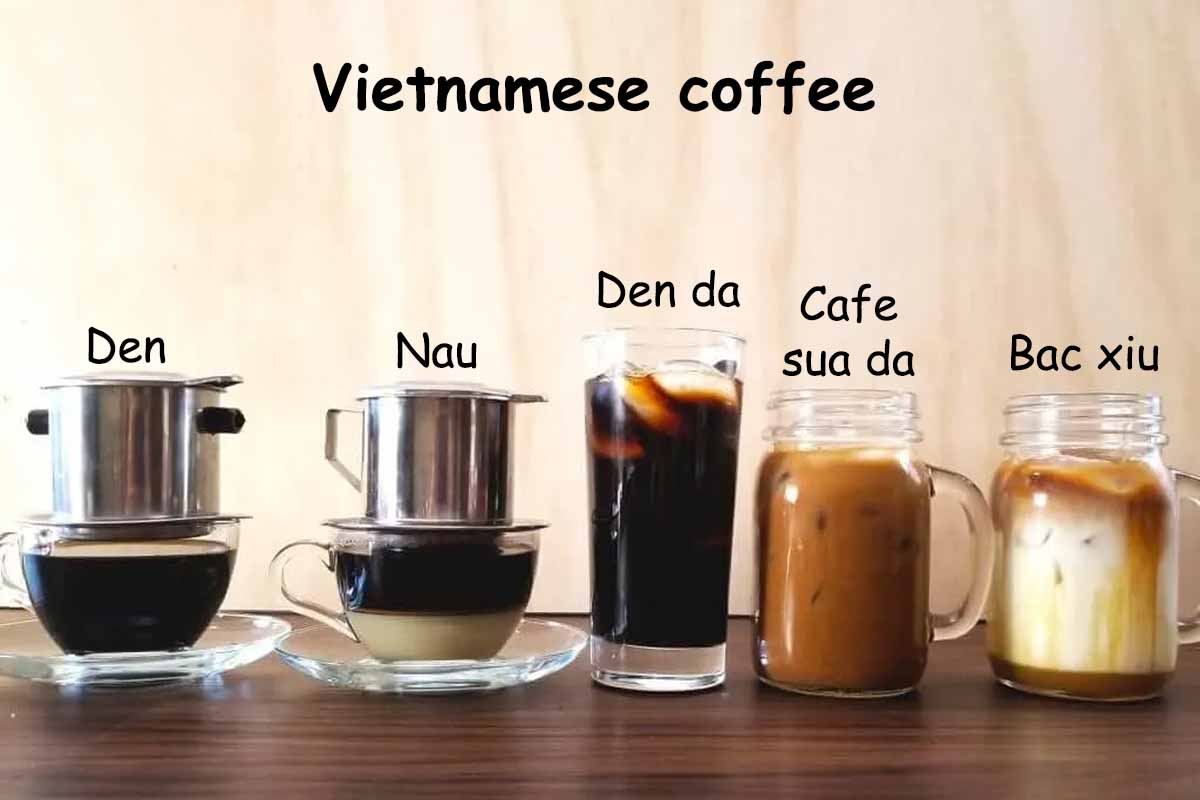
History of Vietnamese coffee
The history of Vietnamese coffee begins with World War II. When the French invaded Indochina, they discovered that Vietnam’s soil and climate were suitable for growing coffee. They are bringing the first coffee trees planted in the Central Highlands and Da Lat areas. Since then, coffee has become a key economic sector of Vietnam. Only after Brazil does Vietnam’s coffee production and export industry have the second-largest output globally.
Please note that Vietnam’s coffee-growing area is much smaller than Brazil’s, but it produces large yields. Compared to other coffee-producing countries, Vietnam’s coffee area only ranks 6th after countries: Brazil with a total area of nearly 1.9 million hectares, Indonesia with a total area of over 1.2 million hectares, and Colombia with a total area of almost 1.9 million hectares. Ethiopia has over 800 thousand hectares, and the Ivory Coast has nearly 800 thousand hectares.
Although the country has the 6th largest coffee area in the world, Vietnam’s coffee productivity is the highest. Vietnam’s average coffee yield is 1.4 times higher than Brazil’s, 2.8 times higher than Colombia’s, and 4.5 times higher than Indonesia’s.
Some Vietnamese coffee types
Vietnamese people have very creative ways to enjoy coffee. Tourists coming to Vietnam must have been introduced to these unique coffee dishes.
Vietnamese iced coffee
Vietnamese coffee beans are often roasted in butter and then incubated in a metal filter – called “phin” /feen/. Some filters are small enough to fit on a coffee cup and make great souvenirs. Those moments of waiting for your coffee to brew are part of the fun of this style of coffee. Due to its bitter taste, Vietnamese black iced coffee is a familiar flavor. The other version is cafe sua da or nau – sweetened iced coffee with condensed milk. A fantastic cup of iced milk coffee on a hot day is the quintessential Vietnamese coffee experience. You can go to roadside cafes from big streets to the narrowest corners of Vietnam, an iced milk cafe always appears in the simplest form and has the best flavor.
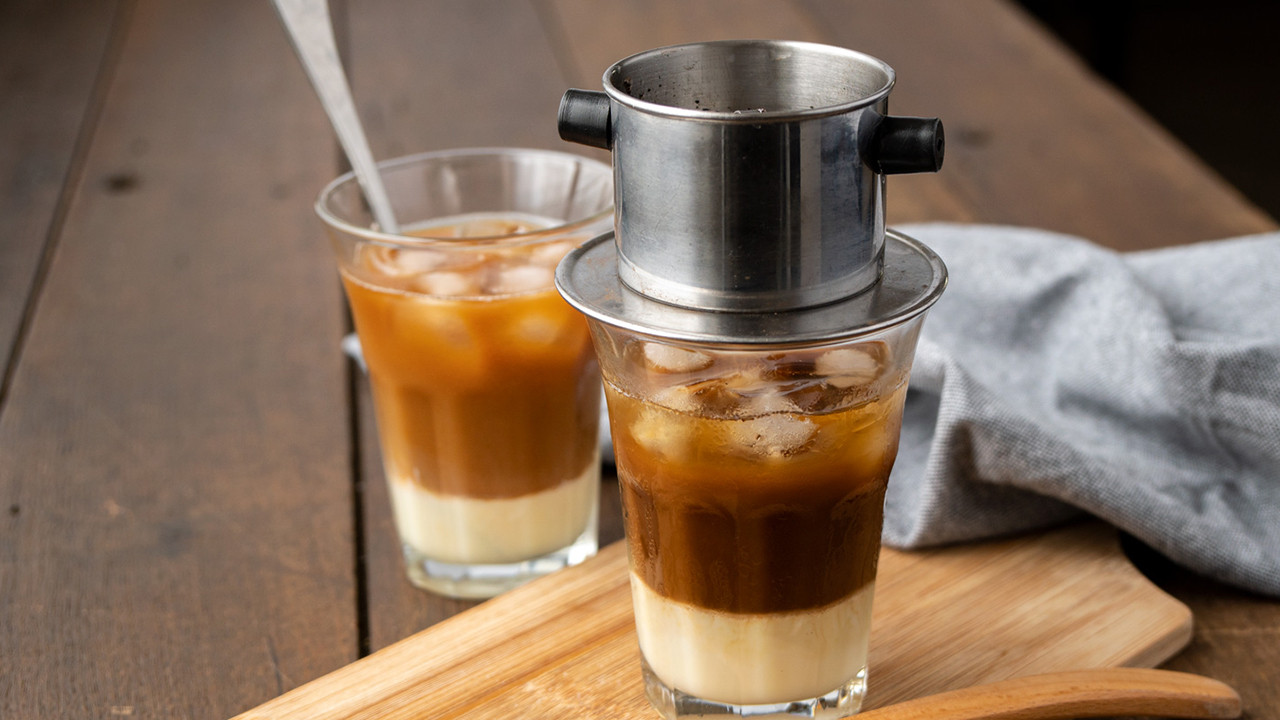
Explore The Taste Of Coffee Drink
Continuel
Vietnamese Bac Xiu coffee
Bac Xiu is made from coffee mixed with milk, but the milk part is more than the coffee. This drink is more prevalent in southern Vietnam. Bac Xiu combines three cultures: Vietnamese – Chinese – and French. When coffee started to become popular in Vietnam, its bitter taste made it difficult for women and children to enjoy it. Chinese people in Saigon, with their agility and creativity, changed coffee with more milk. Gradually, the bitter taste of coffee is no longer replaced by the sweetness of milk and the aroma of coffee combined. Bac Xiu is also enjoyed with fried porridge and banh chi for breakfast in Saigon every morning.

Read more: What Is Instant Coffee – Is Instant Coffee Bad For Health
Vietnamese egg coffee
If the Saigon people had excellent coffee dishes to dispel the heat, the Hanoi people had hot egg coffee to warm the body in winter. Egg coffee was created by a Vietnamese man named Nguyen Van Giang Sang. This coffee is traditional Vietnamese coffee with a layer of egg cream. The rich aroma of egg cream and the bitter taste of coffee combined in 1 cup. It brings unforgettable flavor to anyone who enjoys it.
To make egg coffee, people use beaten egg yolks with sugar and can add a little honey or cinnamon powder, depending on the recipe of each cafe. It’s now a must-try Hanoi specialty drink, especially during the winter. A dense, frothy head of foam sits atop a rich brew: gently fold it with a spoon and sip slowly.
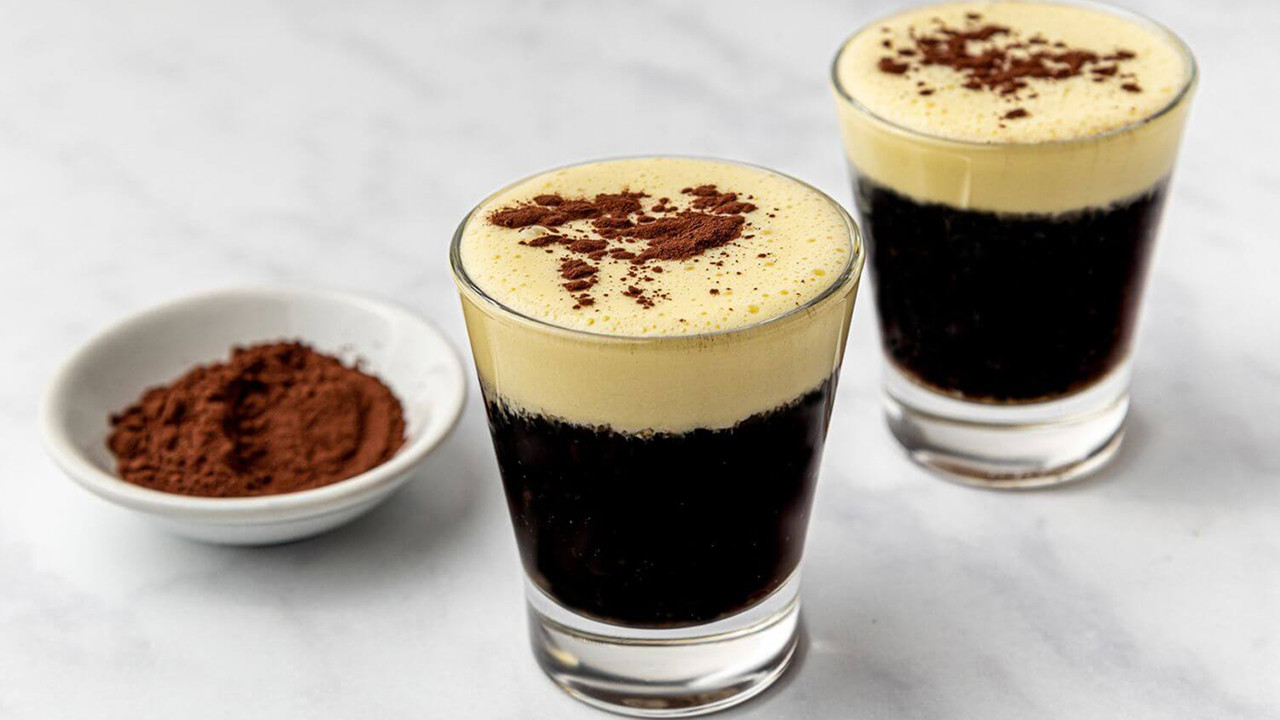
Vietnamese coconut coffee
The popularity of the coconut coffee shop is associated with the famous Vietnamese coffee shop – Cộng Cà Phê. Coconut coffee is a combination of coconut smoothies with black coffee or milk coffee. A traditional cup of coconut coffee includes 2 main parts. For example, the egg coffee and coconut smoothie parts will be prepared separately. The bartender will use crushed ice cubes with coconut milk, condensed milk, sugar syrup, or white sugar to add sweetness. The finished product is put into the cup, and the coffee is placed on top. Coconut-flavored coffee gives the drink a delightful tropical flavor, much like a coffee cocktail.
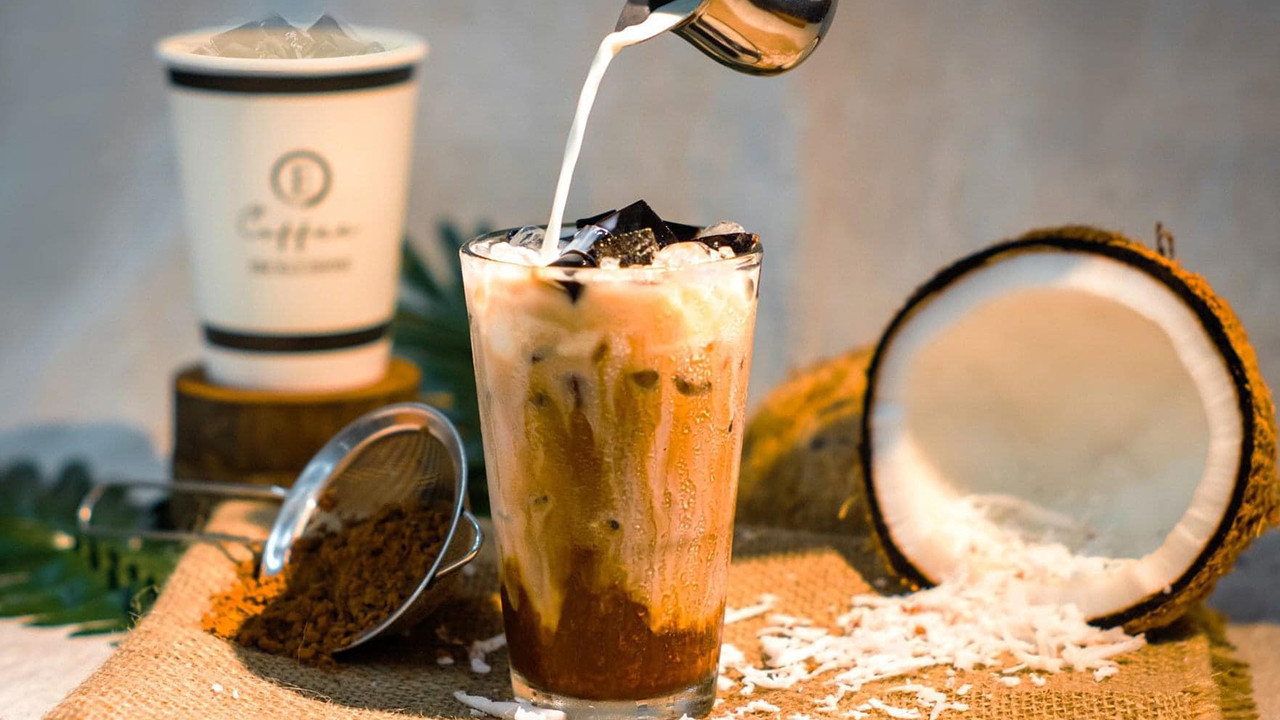
Read more: High Caffeine Drinks: Top 5 Drink With The Highest Caffeine Content
Vietnamese yogurt coffee
The creativity of Vietnamese people in the culture of enjoying coffee is recognized worldwide. When combining coffee and yogurt, Vietnamese people have a dessert that brings together all the benefits: good for health, maintaining alertness thanks to caffeine from coffee, and a refreshing feeling from this fantastic drink.
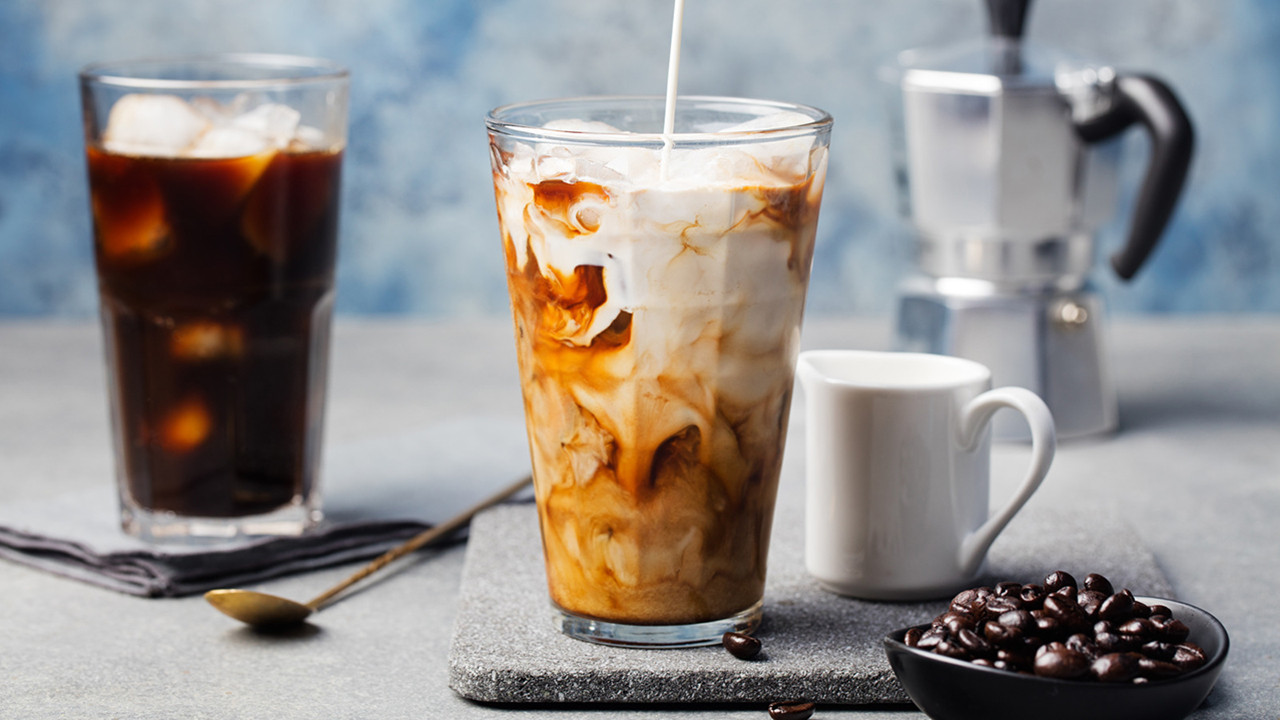
Does vietnamese coffee have more caffeine
Vietnamese coffee typically has more caffeine compared to regular coffee. This is primarily due to the type of beans used in Vietnamese coffee, predominantly robusta beans. Robusta beans contain higher caffeine content than the more commonly used arabica beans.
On average, robusta beans contain approximately 2.7% caffeine, while arabica beans contain around 1.5%. The higher caffeine content in robusta beans gives Vietnamese coffee its characteristic strength and powerful caffeine kick.
The brewing method used for Vietnamese coffee also contributes to its caffeine concentration. The slow drip brewing process allows for a longer contact time between the water and the coffee grounds, resulting in a higher extraction of caffeine. Combined with the robusta beans, this extraction method creates a brew known for its intense caffeine content.
More than just a beverage, Vietnamese coffee offers a cultural journey inviting enthusiasts to savor the essence of tradition, innovation, and the sheer joy of authentic coffee, the true nature of Vietnam’s coffee heritage.

